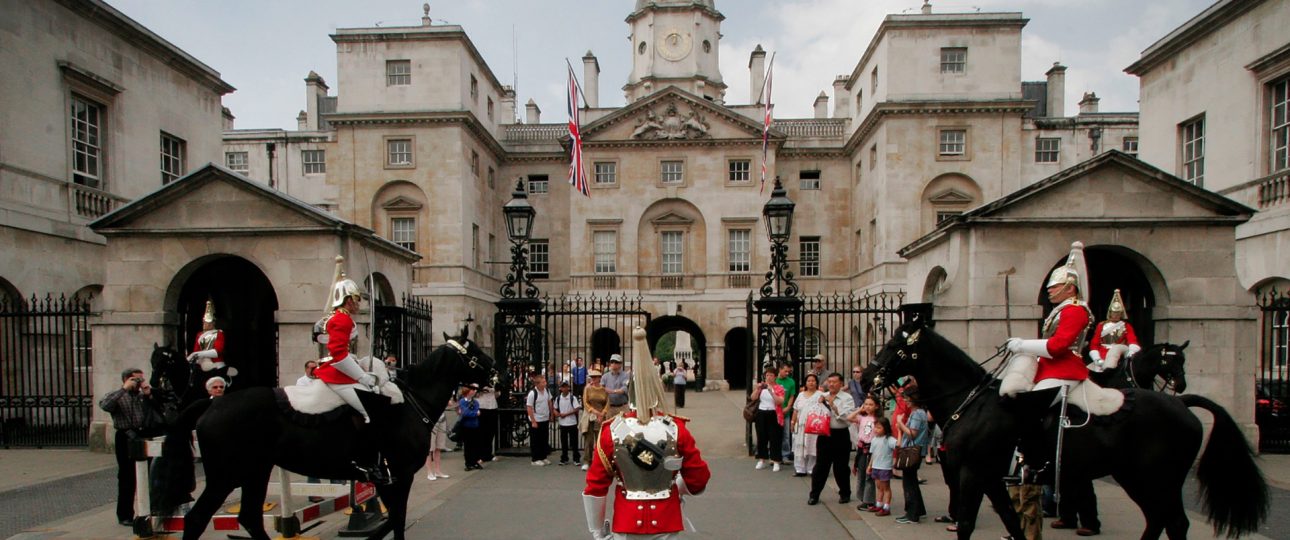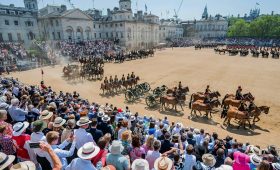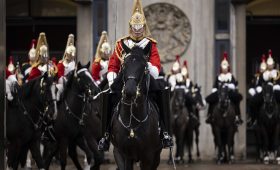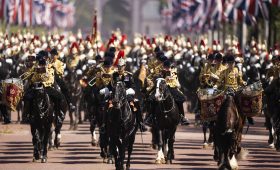The first horse guard significantly influenced military tactics by shaping the role of cavalry in warfare. They introduced innovative strategies and techniques that defined how cavalry units operated in battles. Their tactics emphasized speed, mobility, shock tactics, communication, and coordination among troops. The First Horse Guard, established in 1650, played a significant role in transforming the use of mounted troops in warfare by emphasizing discipline, training, and specialized equipment. Their impact spread globally, inspiring other nations to adopt similar tactics and training methods for their mounted troops. The First Horse Guard’s influence can still be seen in modern military strategies today, focusing on adaptability, teamwork and cohesion, and effective communication.
How Did The First Horse Guard’S Tactics Shape Cavalry Roles In Warfare?
The First Horse Guard’s tactics significantly shaped the role of cavalry in warfare by introducing innovative strategies and techniques that would come to define the way cavalry units operated in battles. These tactics emphasized the importance of swift and coordinated attacks, utilizing the unique advantages of horseback combat.
One of the most notable aspects of the First Horse Guard’s tactics was their emphasis on speed and mobility. By mastering the art of riding at full gallop, these troops were able to cover vast distances in a short amount of time, enabling them to outmaneuver enemy forces and strike where it mattered most. This focus on speed and mobility allowed cavalry units to respond quickly to changing battlefield conditions and to exploit the weaknesses of enemy formations.
Another key aspect of the First Horse Guard’s tactics was the use of shock tactics in combat. These troops were trained to charge enemy lines with full force, using the impact of their horses and the weight of their armor to break through enemy defenses. This tactic was particularly effective against infantry units, which often struggled to defend against the combined onslaught of a heavily armored cavalry charge.
The First Horse Guard’s tactics also placed a strong emphasis on communication and coordination among the troops. To ensure that cavalry units could effectively carry out their roles in the heat of battle, they were trained in the art of signaling and communication, allowing them to work together seamlessly and execute complex maneuvers with precision.
The influence of the First Horse Guard’s tactics can be seen in the development of modern cavalry units, which continue to emphasize speed, mobility, and shock tactics as key components of their strategy. Today’s cavalry units, while incorporating advanced technology and weaponry, still draw upon the time-tested principles established by the First Horse Guard to maintain their effectiveness on the battlefield.
In conclusion, the tactics employed by the First Horse Guard played a pivotal role in shaping the way cavalry units operate in warfare. By emphasizing speed, mobility, shock tactics, and coordination, these tactics have left an enduring impact on the development of modern cavalry forces.
What Impact Did The First Horse Guard Have On The Use Of Mounted Troops?
The First Horse Guard, a British cavalry regiment established in 1650, had a significant impact on the use of mounted troops in warfare. As one of the first organized groups of horse-mounted soldiers, the First Horse Guard introduced several innovations that transformed the way mounted troops were utilized on the battlefield.
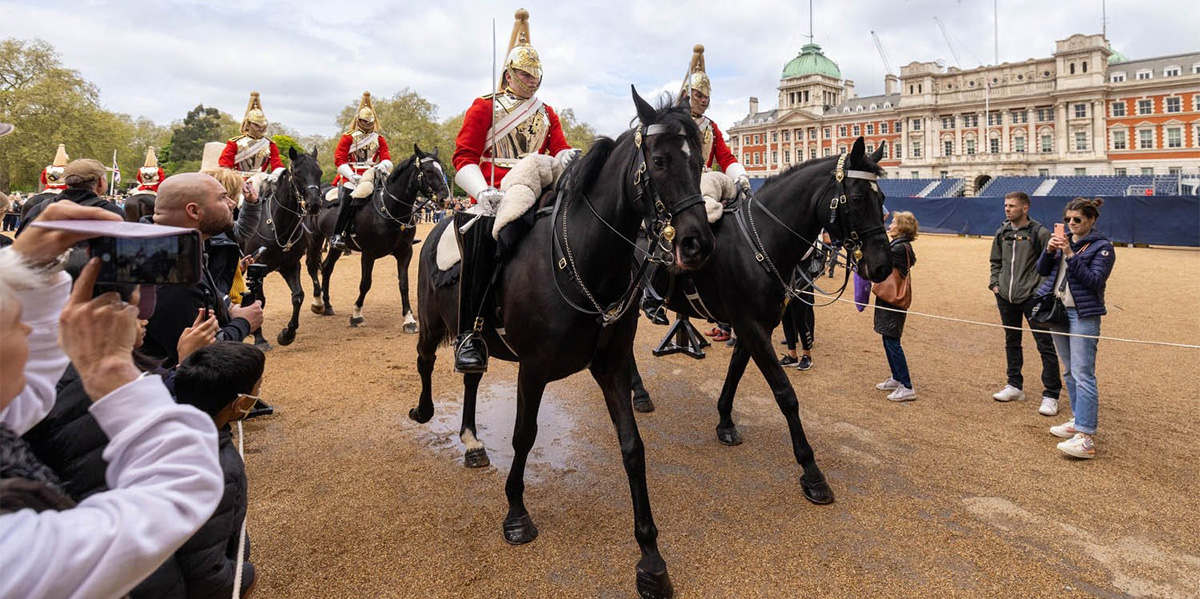
Firstly, the First Horse Guard demonstrated the importance of discipline and training in a mounted unit. By establishing strict training regimens and emphasizing the value of teamwork, the regiment set a new standard for the effectiveness and professionalism of mounted troops. This emphasis on discipline and training helped to create a more cohesive and effective fighting force, which in turn led to improved tactics and strategies for employing mounted troops in battle.
Secondly, the First Horse Guard popularized the use of specialized equipment and tactics for mounted soldiers. The regiment developed new techniques for engaging in combat while mounted, such as the use of lances and swords, as well as innovative strategies for coordinating attacks with infantry and artillery units. This focus on specialized equipment and tactics not only improved the capabilities of mounted troops but also allowed them to be more effective in various types of terrain and combat situations.
Lastly, the First Horse Guard served as a model for other mounted military units around the world. As the regiment’s reputation for excellence grew, other nations began to establish their own horse guards, adopting the regiment’s training methods, equipment, and tactics. This global proliferation of mounted troops inspired by the First Horse Guard helped to shape the way mounted forces were employed in warfare for centuries to come.
In conclusion, the First Horse Guard’s innovations in discipline, training, specialized equipment, and tactics had a profound impact on the use of mounted troops in warfare. By setting a new standard for professionalism and effectiveness, the regiment not only transformed the way mounted soldiers were utilized on the battlefield but also served as a model for other nations to follow.
What Lessons From The First Horse Guard Are Still Used In Modern Military Strategy?
The First Horse Guard, a historic military unit, has left a lasting impact on modern military strategy, with several of its lessons still in use today. These lessons can be attributed to their innovative tactics, discipline, and effective leadership.
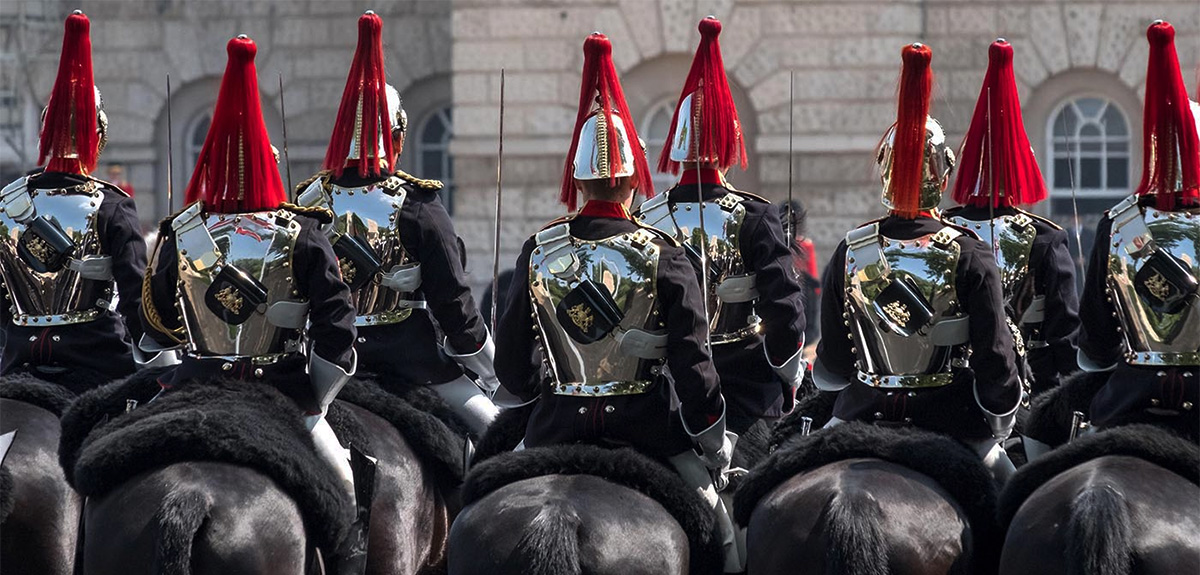
In conclusion, the First Horse Guard’s lessons on adaptability, teamwork, and effective communication have had a lasting impact on modern military strategy. These lessons continue to be relevant and important in the ever-evolving world of warfare, as they ensure that military forces are prepared for any challenge that may arise.
How Did The First Horse Guard’S Approach To Combat Affect Subsequent Military Formations?
The first horse guard played a significant role in shaping military tactics and the way subsequent military formations were organized. By introducing the concept of mounted soldiers, they were able to offer a new perspective on combat strategies.
The first horse guard’s approach to combat was innovative, as they utilized the speed and mobility of horses to their advantage. This allowed them to charge into battle with great force, effectively disrupting enemy lines and causing chaos in the opposition’s ranks. Their tactics were so effective that they soon became the standard for many other military forces around the world.
Their approach to combat also led to the development of new military formations. Instead of relying solely on infantry, military forces began to incorporate mounted soldiers into their ranks, creating a more versatile and powerful fighting force. This blend of infantry and cavalry proved to be a winning combination, as it allowed for greater flexibility in both offensive and defensive strategies.
Furthermore, the first horse guard’s influence on military tactics led to advancements in training and equipment for mounted soldiers. They developed specialized techniques for riding and fighting while mounted, as well as creating new weapons and armor specifically designed for horseback combat. This, in turn, further enhanced the capabilities of mounted forces and solidified their importance in military strategy.
In conclusion, the first horse guard’s innovative approach to combat and their influence on military tactics had a profound impact on the way subsequent military formations were organized and executed. Their use of mounted soldiers transformed the face of warfare, and their legacy can still be seen in modern military strategies today.
